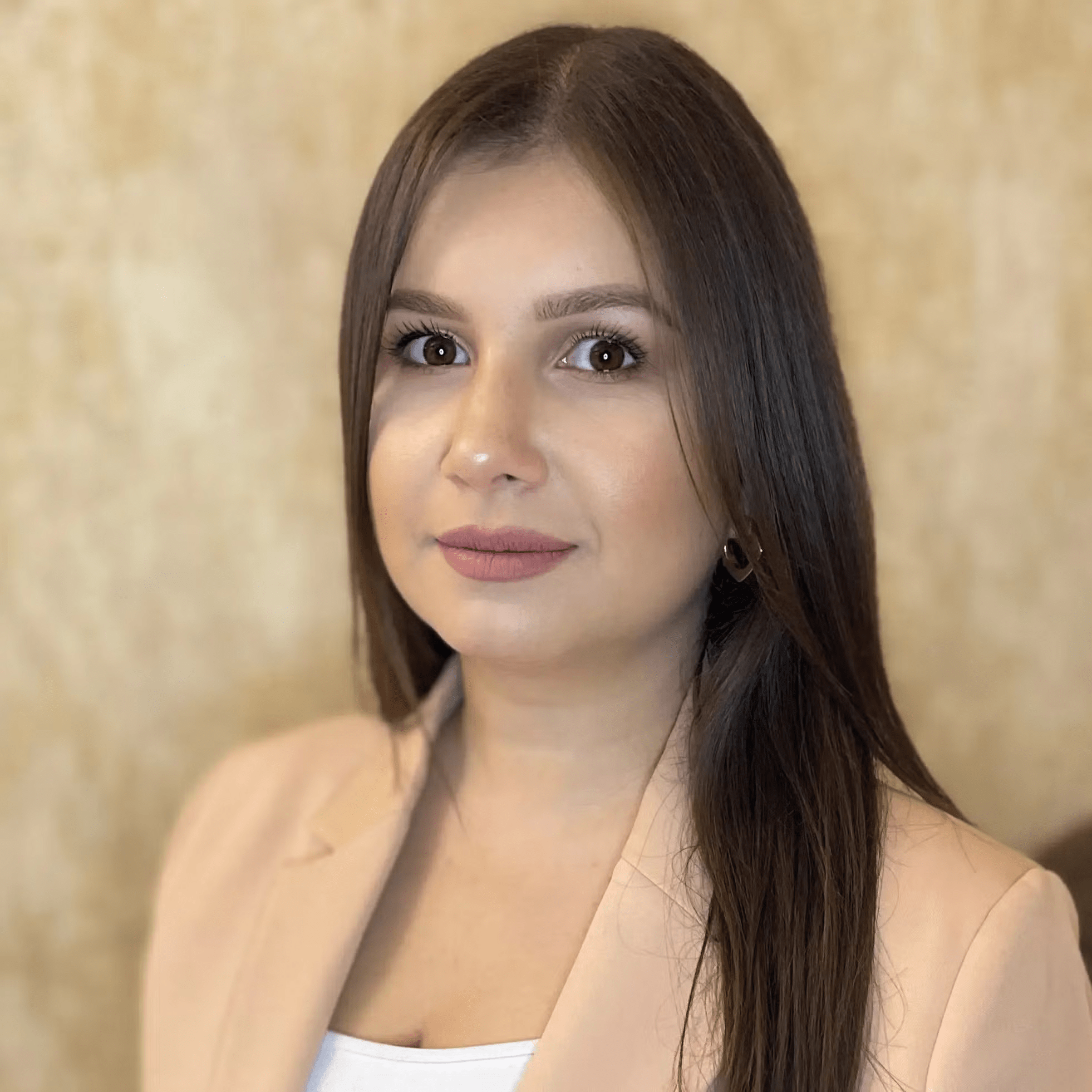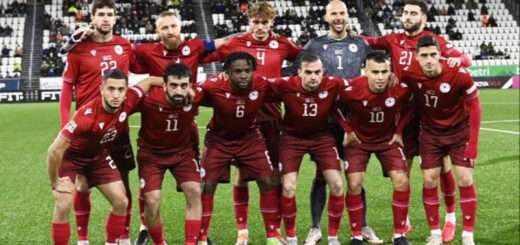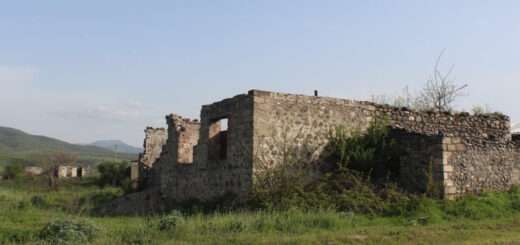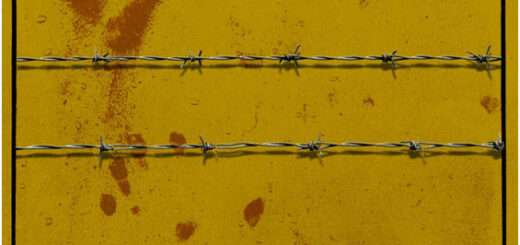Armenian activist and advocate: “We need meaningful engagement, not tokenism”

Knarik Mkrtchyani, 34, is an Armenian human rights defender and co-founder of the Women’s Agenda – a women-led civil society organization focused on women’s resilience and peacebuilding. Through the Institute for War and Peace Reporting (IWPR), she has been directly engaged in the co-creation of Armenia’s third National Action Plan (NAP) on UN Security Council Resolution 1325, Women, Peace and Security Agenda (WPS).
1. What are the most urgent security concerns facing women and marginalized groups in Armenia today?
The most urgent security concerns include gender-based violence, limited access to justice. Women human rights defenders, peace activists, LGBTQI+ individuals and ethnic minorities often face threats, harassment and institutional neglect and limitations when seeking protection.
The 44-day war in 2020 and the following 9-month blockade placed women under immense pressure to care for injured or traumatized family members while facing increased domestic violence. Some women justified their own abuse saying things like: ‘My husband/partner fought in the war, how can I complain about one slap?’ This normalization of violence reflects deep-rooted gender norms that still silence many women.
Socioeconomic challenges are also a major concern, particularly for forcibly displaced women from Nagorno-Karabakh (NK). Many arrived in Armenia with limited experience or skills suited to the local labour market, having previously been confined to unpaid domestic roles, placing them in extremely vulnerable situations.
Finally, women continue to be excluded from high-level discussions on security. Their specific needs and vulnerabilities are rarely reflected in policy decisions. Without their participation, it is nearly impossible to develop effective, responsive and inclusive protection mechanisms.
2. As Armenia drafts its third NAP, what lessons should be learned from the first two?
First, I want to highlight the importance of including local communities and self-governments in developing and implementing the NAP. When relevant institutions and stakeholders are involved from the start, it creates ownership and strengthens their responsibility to implement the plan.
Another lesson is the need to continue mainstreaming the WPS agenda and aligning the NAP with other gender and human rights strategies. Too often, these policies are developed and implemented in isolation. Mainstreaming not only creates synergy but also helps raise awareness about the NAP and its importance. It is essential to continue building the capacity of relevant stakeholders to ensure they fully understand the purpose and practical application of the NAP.
The first NAP was implemented during the COVID-19 pandemic and the Second Nagorno-Karabakh War – two major crises it was not equipped for. As a result, implementation fell short. The second NAP, while more comprehensive, still struggled to adequately respond to the needs of forcibly displaced women. This showed us the importance of designing a flexible, ‘living document’ that can adapt to emerging needs and changing contexts.
Lastly, one of the most pressing issues remains budgeting. Without dedicated financial resources, implementation will always be uneven and limited. We need stronger advocacy, both with national institutions and the international community, to secure sustainable funding for the NAP. Without that, even the most well-designed plan cannot succeed.
3. How can women-led, national and international organizations cooperate on WPS?
It is important to first develop strategic, stable and consistent communication at the local level. This helps avoid duplication of efforts and enables the development of complementary actions that build on achieved results. Continuous dialogue and regular updates with both government bodies and international actors are essential to clarify mutual expectations and build trustful partnerships.
International actors also need to remain consistently engaged at the local level. This means more than periodic visits; it requires sustained consultation, active participation in community-level dialogues and co-developing strategies that reflect local communities’ real, evolving needs.
Women-led organizations could also benefit from building coalitions and platforms to present a united voice. When organizations act in isolation, their advocacy is weaker. Collective action can amplify messages, increase political leverage and promote shared learning.
Capacity-building is another key factor. Tailored training and mentorship programmes can help grass-roots women’s organizations bridge gaps. Finally, visibility matters. Sharing success stories, evidence-based practices and lessons learned both within the country and in regional or global forums can help elevate the impact of local WPS work and inspire replication.
4. How have you helped build resilience or improve engagement in peacebuilding?
During the Second Nagorno-Karabakh war, it was incredibly difficult for me to accept that, despite years of advocacy and efforts to increase women’s visibility, they remained largely invisible in decision-making processes.
In my current capacity as Women’s Agenda’s co-founder, I’m involved in projects to strengthen women’s negotiation skills and readiness to participate in peace processes. We’ve developed handbooks on the NK negotiation process to equip women with critical knowledge and ensure they are well-prepared to engage meaningfully. We also regularly hold Negotiation Academies and invite expert women to further improve their skills.
I also participate in cross-border dialogues and high-level WPS advocacy. In my role as IWPR Project Coordinator in Armenia, I’ve been directly involved in co-creating the third NAP, contributing to making peacebuilding more inclusive and sustainable. My activism also involves creating or fostering networks between women experts and women from conflict-affected regions. These peer-to-peer exchanges have proven essential in building resilience and solidarity, enabling women to share coping strategies, advocate together and amplify their voices.
5. How can young women contribute to shaping Armenian WPS policies?
Young women have tremendous potential to positively shape Armenia’s peace and security policies, but we need meaningful engagement, not tokenism. There are already inspiring examples of young women at the front lines of peace advocacy – initiating dialogues, creating safe spaces, building trust and mobilizing their peers to take action.
Supporting youth-led initiatives, especially focused on local peacebuilding, is essential. This builds confidence and capacity and creates a ripple effect of influence at local and national levels. Intergenerational collaboration is equally important, to strengthen the continuity of women-led peace efforts and pass down valuable insights, strategies and lessons learned.
Another important step is creating inclusive platforms where young women can engage directly with government and international actors. Participation in national consultations, working groups or youth councils related to peace and security can shift young women from passive observers to active contributors in policymaking.
I also believe young women should actively engage in, or strengthen, their advocacy around the Youth, Peace and Security agenda, particularly UN Security Council resolution 2250. Promoting this agenda would help institutionalize their involvement in peacebuilding and give them a stronger footing to influence national policies.





